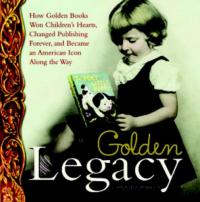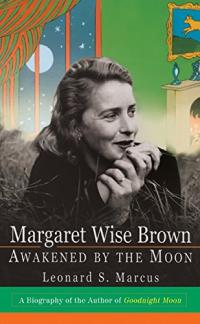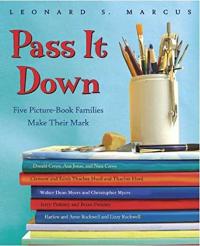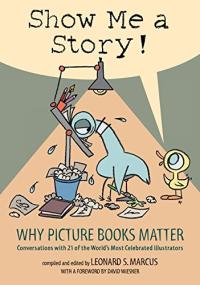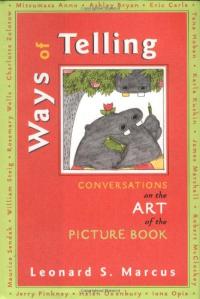
Biography
Leonard Marcus is one of the most respected writers and historians of children’s literature. His critically acclaimed books have looked at Caldecott winners, the history and impact of Golden Books, fantasy writers, and the lives of other children’s authors including the influential Margaret Wise Brown.
Marcus reviews children’s books for Parenting magazine since and has been a contributing editor to the magazine since 1988. He is a frequent contributor to he New York Times Book Review, Washington Post Book World, The Horn Book, and Publishers Weekly, among other publications. He has also curated exhibitions on children’s books and book illustration at the Eric Carle Museum of Picture Book Art, where he is a founding trustee.
Marcus holds degrees in history from Yale and poetry from the University of Iowa Graduate Writers’ Workshop. He was awarded an honorary Doctorate of Humane Letters from the Bank Street College of Education in 2007. Marcus and his wife, the picture-book artist Amy Schwartz, live with their son Jacob in Brooklyn, New York.
Find this author’s books on these booklists
Themed Booklist
Holiday Buying Guide 2007
Themed Booklist
Summer Reading Guide 2025
Themed Booklist

